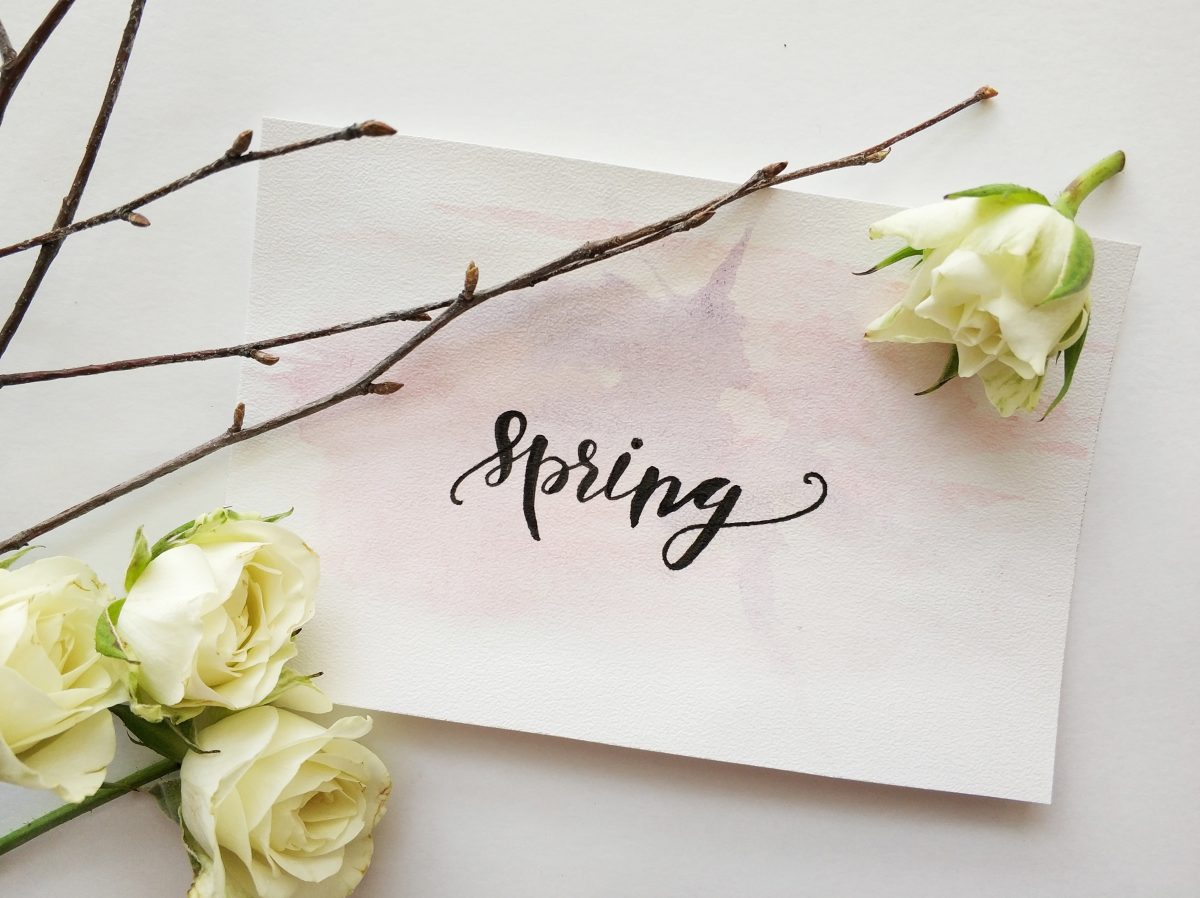In 2000, Jeffrey Arnet introduced a new term to our society: emerging adulthood. It is used to describe the transition period that one goes through as they go from being adolescent to an independent fully-functioning adult. The age range is about 18 to 25. For my parents’ generation, this term wouldn’t be applicable because they didn’t go through this weird transition phase. Neither of my parents went to college; my dad graduated from high school and went straight to work while my mom graduated from vocational school and became a nurse. Since middle school, they had been living away from home and taking care of themselves. At the age of 15, they were required to be independent, prepping for them for the responsibilities of being an adult.
For my generation, I’m not quite sure when we become fully independent from our parents. I have seen people my age been taken care of all the way up to college if not after. With this unrealistic idea that anyone and everyone can attend college, everyone has their eye on the prize: a college education. Parents obsess over their kids going into college, especially Asian ones, and that pressure isn’t necessarily healthy for their kids. And even while in college, parents are monitoring their children left and right, helping them fill out FAFSA, paying for their tuition, dictating their majors. Some of these kids could have just been fine going to a vocational school doing what they like, but instead they’re thrust into a vacuum of unknown.
I’m not surprised I ended up with mental health issues and still struggle. While I was baited into going to Boston University and having my parents take out loans for my education, my brother went to De Anza and paid for his education. Sure I learned a lot and grew a lot, but for a while, I was also just confused with what the hell I was supposed to do in life. Sometimes I wish society hadn’t put unrealistic ideas into my head, that your dreams are achievable.
And for those who were lucky enough to have everything paid for by their parents, from college tuition to rent to food, they didn’t need to worry about money. Sure they may have some trouble deciding on a career, but they got a cushion if they fail. My cushion is a lot thinner than theirs. I blame the birth of the term, emerging adulthood, on the pressures of this “need” for everyone to be in higher education, regardless of your wealth status and capabilities. This “need” has thrown young adults like me into a warp hole called emerging adulthood where we technically an adult but unequipped to be an actual adult.
Five Features of Emerging Adulthood
Emerging adulthood covers the transition from dependency to responsibility as people my age prepare for a career, choose a profession, and learn how to live independently. Let us examine the 5 primary features:
Identity Exploration
After graduating high school, you finish one chapter of your life and move forward with the next, whether that be a four year college or straight into work with community college on the side. So begins the start of your journey to figure out the meaning of your life in this world. You are no longer the person you are in high school, and now you come face to face with this question: “Who am I? And what is my purpose?” Going off to college opens up the door to more decisions than you had in high school and some of those decisions could be really risky, either dangerous or rewarding. You begin to question you parents’ values and even your own, when you meet people from different backgrounds and different stories. I guarantee that you will enter college one person and leave college a different person (variability depends on the person).
Instability
During the ages of 18 through 25, you are simultaneously exploring your identity and trying to figure out what to do with your life. Some of you are lucky and have already found something that you do want to do for the rest of your life. For most people, it’s unclear, and we can see the instability in my generation when the average time spent working for one company is 2-3 years. If you stayed longer, people would probably think you’re strange. But, even before you start your profession post college, your instability started in moving away to college. I moved from California to Massachusetts. Both states were pretty liberal so I didn’t experience too much of a cultural shock, but I hadn’t realized how big of an effect moving away from “safe people” like my parents and friends were. I started experiencing separation anxiety when I decided to spend a semester abroad in France. That forced me to be in a new environment, which can be very emotionally taxing, and it made me miss a semester with my friends back at BU. Missing out that semester with some of my friends actually made me really depressed because I felt like the puzzle piece that didn’t fit in. As if I was part of a different puzzle. This all happened in less than four years, and the instability left me little time to emotionally adjust and adapt.
Feeling In-Between
Most people who are in this phase of emerging adulthood feel that they are neither a teenager nor an actual adult because they are still dependent on their parents for certain things, but are also in the process of learning how to be independent.
Self-Focused
I was so self-focused since I graduated high school, because it was constantly about who I was to become in college. I was constantly worried about how I felt and how a situation made me feel. I was so concerned with my own well-being, with how I felt like I let my parents down. It didn’t help that there are so many books now out on the market about self-love and self-improvement. Sometimes being self-focused can be helpful because you can learn new things about yourself, but sometimes it’s not so helpful when focusing on yourself means failing to see what is happening around you.
Endless Possibility
Supposedly, there are endless possibilities for the young emerging adult. We have been made to feel that we are invincible and can accomplish anything that we set our minds to.
I personally think that this is wrong, and can be a significant factor in young people’s development of mental health disorders.



